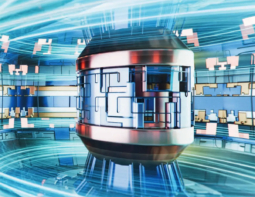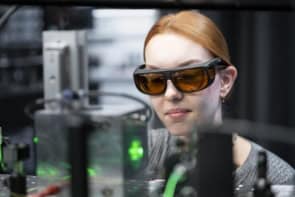
At the beginning of April thousands of physicists from all over the world will be gather in Regensburg, Germany, for one of four spring meetings of the German Physical Society (DPG). The focus for this particular meeting will be condensed matter physics, with technical sessions covering everything from DNA nanostructures through to quantum systems and 2D materials.
Alongside the scientific programme, more than 100 companies will be showcasing the latest equipment for condensed-matter research. A few highlights are featured below.
Femtosecond fibre lasers target time-resolved microscopy and spectroscopy
A series of femtosecond fibre-laser systems from TOPTICA offers the flexibility needed to support advanced applications such as femtosecond pump-probe spectroscopy, nonlinear microscopy, and terahertz spectroscopy. The key to this flexibility is the ability to connect different laser amplifiers to a common master oscillator, providing a modular approach to designing standard configurations as well as highly customized systems for specific applications.
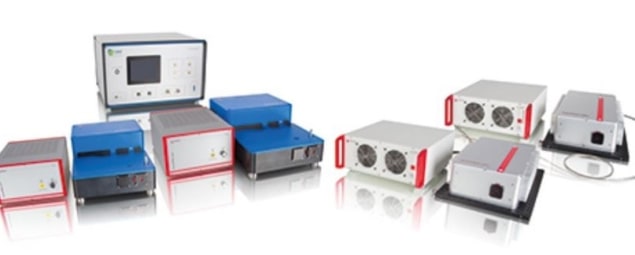
An example of this approach is the FemtoFiber Quantum Microscopy system – based on a combination of the established FemtoFiber ultra and FemtoFiber pro series with an Asynchronous Optical Sampling (ASOPS) system from Laser Quantum – which is designed for time-resolved Faraday rotation of coherent spin dynamics in semiconductor nanostructures. The combination of the fiber-laser technology with sophisticated electronics for ASOPS provides highest flexibility in terms of laser parameters, pump-probe configurations, and data acquisition times.
You can find out more about TOPTICA’s FemtoFiber product line at Booth #2 (LH Wirtschaft/Recht).
Compact power supply drives magnetron sources
PREVAC, a designer and manufacturer of complete research systems for material deposition and analysis, will be demonstrating a compact switch-mode DC power supply for driving magnetron sputter sources. The M600DC-PS power supply delivers 600 W as standard, extendable to 1200/1800/2400 W with additional modules, and it can easily be switched between up to three magnetron sources.
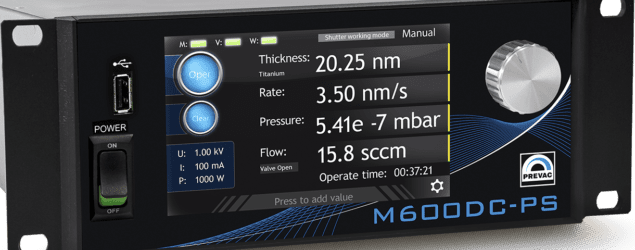
All settings can be manually adjusted via a large touchscreen display, and the unit can also be controlled remotely using a variety of analogue or digital interfaces. Settings can be stored and recalled automatically when the unit is switched on, while it also features a built-in timer and automatic standby. During operation the power supply measures the thickness of the deposited layer, the rate of evaporation, plus the vacuum inside the deposition chamber.
You can find out more about PREVAC and its full product line at Booth #81 (Audimax – Foyer).
Discharge protection for low-temperature experiments
An innovative measurement system from Oxford Instruments has been designed to protect sensitive samples from being damaged by electromagnetic discharges. The SampleProtect system allows researchers to monitor or ground individual experiment lines via a signal access box, while samples can easily be changed in standard chip carriers or sample holders – providing discharge protection even when the sample is being moved.
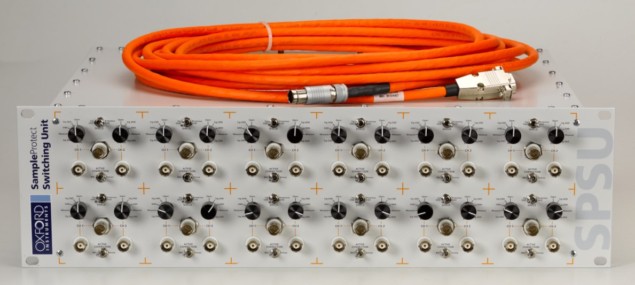
The end-to-end system comprises a rack-mounted switching unit that is linked with measurement-grade cables and sample probes to sample holders that include an additional socket for an equipotential plug. Each probe can accommodate multiple types of sample holders, and sample holders can be transferred between probes or even to different ultralow-temperature inserts. This ensures that the system can be used across a wide range of temperatures.
Representatives from Oxford Instruments will be available to discuss the SmartProtect system at Booth #83 (Audimax – Foyer)
Precise positioning at cryogenic temperatures
Cryogenic positioners from SmarAct allow samples in a cryostat to be manipulated with high precision in all conditions, ranging from atmospheric pressure through to ultrahigh vacuum. The company has developed stick-slip piezo actuators with low heat profiles, allowing sample positioning down to the milliKelvin regime. Resistive cabling is optionally available to reduce the heat load on the positioning stages, while complete systems can be customized to specific applications.
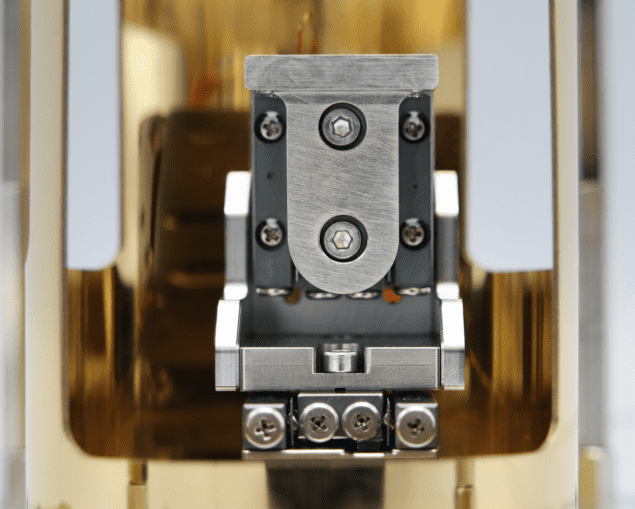
The positioners can also be used at temperatures of up to 330 K, just like the company’s standard UHV stages, and they are bakeable at temperatures of up to 150 °C. Non-magnetic versions are also available for use in high magnetic fields, while a linear design is also available for use in tight spaces. More recently, rotation stages have been introduced to combine linear and rotational sample manipulation in cryogenic temperatures.
SmarAct will be showcasing its full range of positioning equipment at Booth #51 (Audimax – Foyer)

